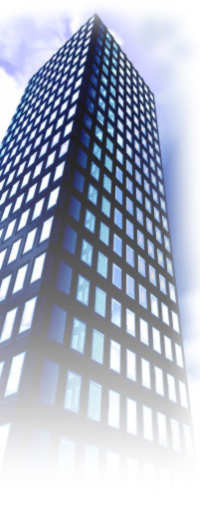|
----------------------------------------------------------------------------
Gunpowder
----------------------------------------------------------------------------
The Chinese had gunpowder by the eleventh century and made some military use of
it to propel rockets. These were more weapons of terror than useful missile
weapons, however. The Chinese also experimented with fireworks. They did not
realize the potential of gunpowder as an explosive or propellant for missile
weapons.
Gunpowder gradually worked its way to the west where Europeans found much more
destructive uses for it. The oldest surviving artwork from Europe that portrays
a gunpowder weapon appeared in 1326. This primitive cannon was loaded with a
spear of some sort, not a cannonball. Europeans had been experimenting with
gunpowder for the previous half-century. The oldest surviving description of the
formula for gunpowder appeared in 1260 and was attributed to an English friar
named Roger Bacon. By 1340 cannonballs of lead, iron, and stone were being used.
The English had cannons on the battlefield at Crécy in 1346, but there is no
mention in the battle accounts of their usefulness.
Cannons
It took several centuries of experimentation before gunpowder weapons became
truly useful. One difficulty was developing gunpowder that ignited quickly,
uniformly, and powerfully. Another was designing suitable cannons that would not
burst. Poor manufacturing techniques plagued early cannons, and it was almost as
dangerous to serve them as to be shot at by them. King James II of Scotland, for
example, was killed by an exploding cannon in 1460.
Cannon and gunpowder technologies were sufficiently advanced by the middle of
the fifteenth century that they were recognized as important weapons. This was
made clear in 1453 when huge siege bombards firing massive stone cannonballs
battered the walls of Constantinople. Although the proximate cause of the fall
of Constantinople was a small gate being left open, the bombardment would have
eventually made a direct assault possible.
Cannons of the Middle Ages were used in sieges to batter walls and on
battlefields to fire into massed ranks of the enemy. Their ability to batter
sheer vertical walls led to refinements in castle-building. Low sloping walls
replaced high vertical walls. The usefulness of cannon on the battlefield was
limited during this period because the cannons were so ponderous. It was
difficult to move them into new positions during the action.
Handguns
Illustrations of various types of handguns appeared around 1350. These were
primitive weapons consisting of a hollow tube blocked at one end and a hole in
the side near the blocked end for igniting the powder. A slow match (a slow-
burning cord) was placed in the hole to ignite the powder and fire the ball
previously loaded down the barrel. There was little use in attempting to aim the
early handguns. They were effective only when fired in volleys by many men at
massed targets. By 1450 handguns were being used by most of the advanced
European armies. Bows and crossbows continued in use as infantry missile weapons
through the sixteenth century, however, because they were still inexpensive and
effective.
|
